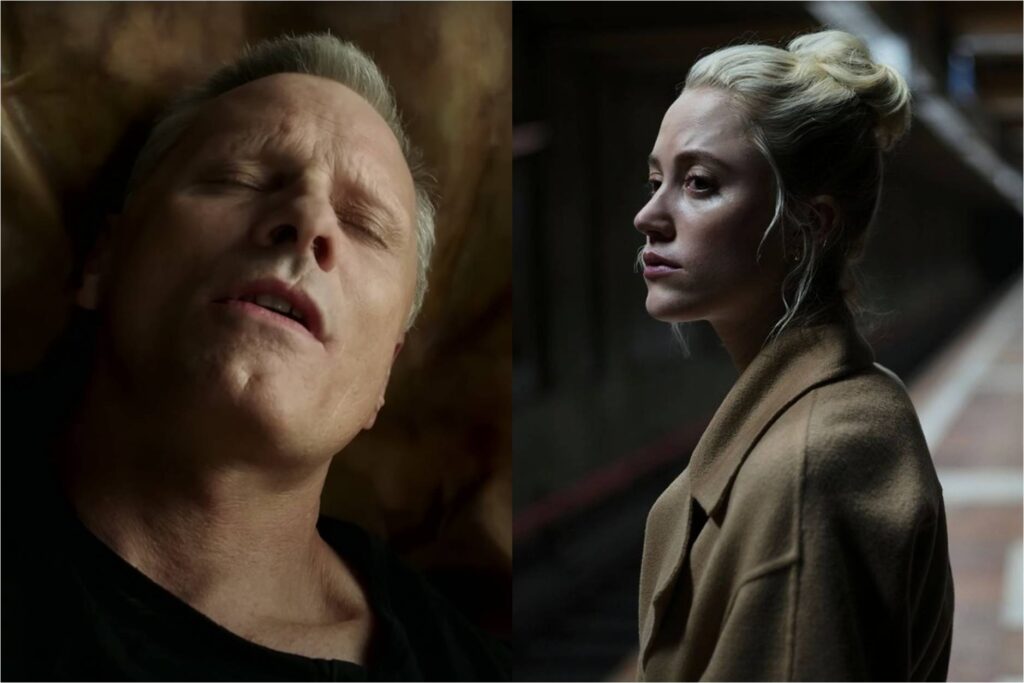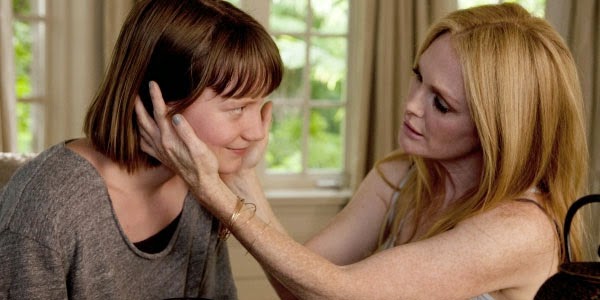Crimes of the Future, Watcher, and Horror of Body and Mind

What scares you? More to the point, what kind of movie scares you? It’s been 100 years since Max Schreck climbed out of his coffin in Nosferatu, and directors have been harnessing and refining cinematic tricks to terrify their audiences ever since. One of the pleasures of the horror genre is its versatility—its infinite methods for exploring madness. This past weekend featured the release of two creepy pictures that take decidedly different approaches in their similar effort to raise the goose bumps on your arms and the hackles on your neck. One tries to dig under your skin; the other carves your skin clean off.
David Cronenberg is the father of modern body horror—or maybe the grandfather, given that the Canadian envelope-pusher is now 79 years old. But the director’s latest grotesquery, the arresting and impressive and ultimately empty Crimes of the Future, proves that age hasn’t sapped him of his enthusiasm for staging imaginative corporeal brutality. In the film’s opening scene, an eight-year-old boy living off the coast of a Grecian island munches on a plastic wastebasket, swallowing its synthetic fibers with no apparent difficulty; shortly thereafter, his mother smothers him to death with a pillow. This shocking, vulgar sequence is arguably the least inexplicable thing that happens in the entire movie. Read More

